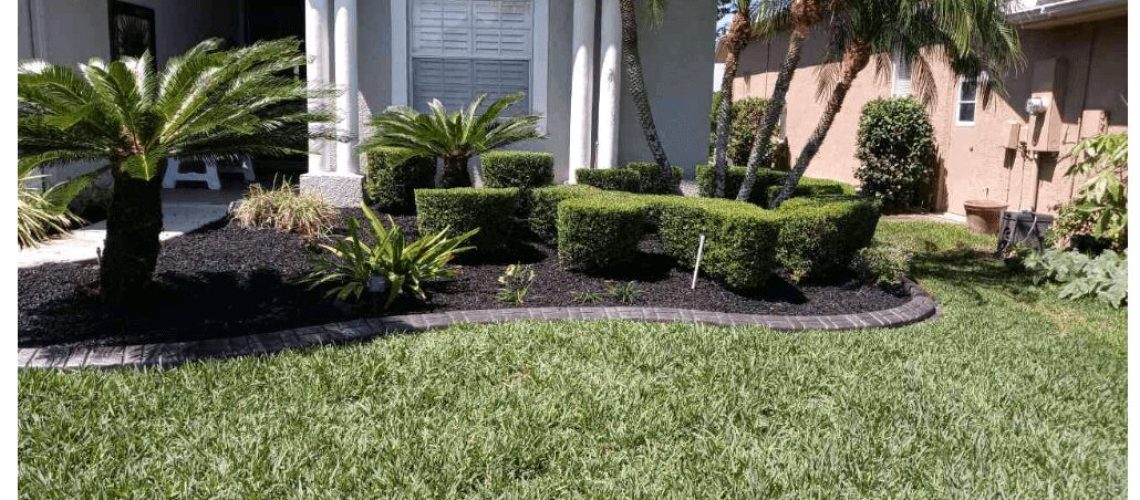Maintaining a weed-free garden or landscape can be a constant battle for many homeowners. To combat this issue, various types of mulch are used to suppress weed growth and enhance the overall appearance of outdoor spaces. Rubber mulch has gained popularity in recent years due to its durability, low maintenance requirements, and eco-friendly attributes. In this blog post, we will explore how rubber mulch affects weed growth and provide you with valuable insights to help you make an informed decision for your landscaping needs.
- Weed Suppression Properties of Rubber Mulch: Rubber mulch is effective in suppressing weed growth due to its dense and non-porous nature. Unlike organic mulches such as wood chips or straw, rubber mulch creates a barrier that inhibits weed seeds from germinating and emerging through the surface. The tightly packed rubber granules create an unfavorable environment for weed growth, reducing the need for frequent weeding. However, it is important to note that no mulch can completely eliminate weeds, as some determined plants may find a way to penetrate even the densest mulch layer.
- Longevity and Persistence: One of the significant advantages of rubber mulch is its longevity compared to organic mulches. Rubber mulch does not decompose like wood chips or straw, allowing it to maintain its weed suppression properties for an extended period. The durability and persistence of rubber mulch can save you time and effort in the long run by minimizing the need for frequent mulch replenishment. However, it is essential to monitor the mulch layer regularly and address any areas where the rubber may have thinned out or become displaced, as this could create opportunities for weed growth.
- Limitations and Potential Weed Challenges: While rubber mulch offers excellent weed suppression, it does come with a few limitations and potential challenges. One of the primary concerns is the growth of weeds on the surface of the mulch layer. Wind-blown weed seeds or airborne pollen can settle on top of the mulch, allowing weeds to take root and grow. Regular inspection and hand-pulling of these surface weeds can help prevent them from establishing a foothold in your landscape.
Additionally, in some cases, weeds may find a way to penetrate the rubber mulch layer through natural or artificial openings. Over time, the accumulation of organic matter, such as leaves or debris, on top of the mulch can create a conducive environment for weed growth. Therefore, periodic maintenance, including raking and removing debris, is necessary to maintain the effectiveness of rubber mulch in weed suppression.
- Proper Installation and Maintenance: To maximize the weed suppression benefits of rubber mulch, proper installation and maintenance are crucial. Start by preparing the area thoroughly, removing existing weeds, and creating defined borders or edging to prevent weed encroachment from surrounding areas. Install a geotextile landscape fabric beneath the rubber mulch to create an additional weed barrier. This fabric allows water and nutrients to penetrate while preventing weed seeds from sprouting.
Regular maintenance includes inspecting the mulch layer for thin spots or displacement, removing any surface weeds, and clearing debris. Occasionally, adding a thin top layer of fresh rubber mulch can help reinforce the weed suppression properties and maintain the aesthetic appeal.
Rubber mulch offers effective weed suppression properties, making it a popular choice for homeowners seeking low-maintenance landscaping solutions. While it significantly reduces weed growth, occasional monitoring, surface weed removal, and maintenance are necessary to ensure its long-term effectiveness. By understanding the limitations and following proper installation and maintenance practices, you can enjoy a weed-free landscape while benefiting from the durability and eco-friendly nature of rubber mulch.




